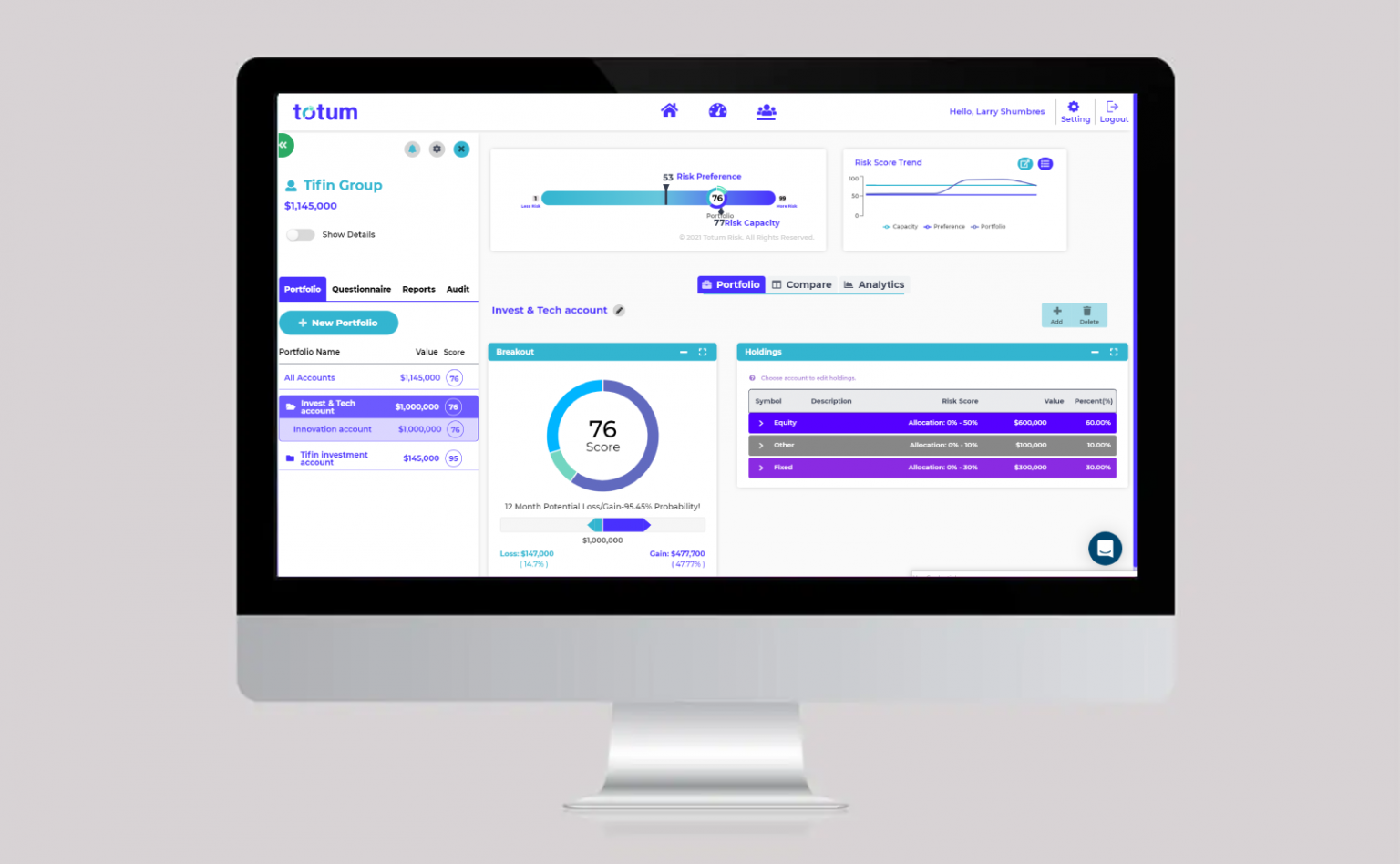As an advisor, you have probably been relying on financial risk tolerance questionnaires to assess a client’s risk preference. Then, depending on the client’s answers, you gear the portfolio to a more or less aggressive approach.
The problem with this method is that the questions weigh heavily on how a client generally feels about investing and less on the facts. This emotion-based assessment can lead to a mis-aligned portfolio that leaves both you and your clients unsatisfied.
For starters, the traditional model of risk tolerance questioning is vulnerable to unconscious biases. Studies have shown that investors show bias in myriad ways.
Some of these biases are:
Herding—This is the mentality of following the crowd, regardless of whether or not it makes sense financially. Panic buying and selling during asset bubbles and crashes, respectively, are prime examples of herding bias.
Loss Aversion—Loss aversion is a psychological bias towards avoiding losses over acquiring gains of equal amount. One prominent analysis, known as Prospect Theory, demonstrated that a loss of a certain amount is at least twice as impactful on an individual’s emotional response than a gain of equal value.
Disposition Effect—This occurs when an investor sells an asset that has incurred gains but holds onto another asset that has decreased in value. Disposition effect is related to loss aversion, with the investor not wanting to sell a losing position in order to avoid a sense of failure.
Overconfidence—Some investors overestimate their capabilities and believe they can outsmart the markets. But data shows that the average investor’s equity portfolio returns around 5.3% against the 7.2% average of the S & P 500.
Home Country—This bias is an investor’s tendency to invest in companies in their home country. But the bias doesn’t stop there: Investors tend to favor companies or sectors in their own region as well.
Recency—The average investor believes that recent events in the markets will continue in the near future. For example, a recent downward trend in a stock must mean that it will continue to drop.
With so many biases, it can be difficult for a client to overcome their own predilections and prejudices when it comes to investing.
Additionally, the old model of questionnaires is subject to the client’s current mood—i.e. a client may answer the questions with a more positive or negative outlook depending on how they feel in that particular moment.
To exacerbate this further, a client’s feelings about their investments can be affected by anything from their comfort level with you, the advisor, to personal problems, to how the markets are doing that day, and more.
To counteract this subjectivity, you can conduct an analysis that’s based more on facts rather than emotions. Including a proper risk capacity questionnaire in your assessment can diminish biases and unsubstantiated concerns while maximizing true risk tolerance.
By having clients answer questions that cannot be altered based on feelings—such as the zip code of their primary residence and the number of dependents in their household—you gain a more accurate picture of each client’s financial situation.
This allows you, the advisor, to provide solutions that better reflect your client’s actual level of risk. The end result is a more satisfied client base which, in turn, leads to improved compliance and fiduciary duty.
By using fact-based risk assessment, you also decrease your chances of exposing you or your firm to arbitration. Basing your recommendations on facts provided by your clients, rather than their feelings, further demonstrates that you acted in their best interest.
Look beyond risk tolerance biases, and see how TIFIN Wealth Risk Alignment can help your firm better engaged with clients.

